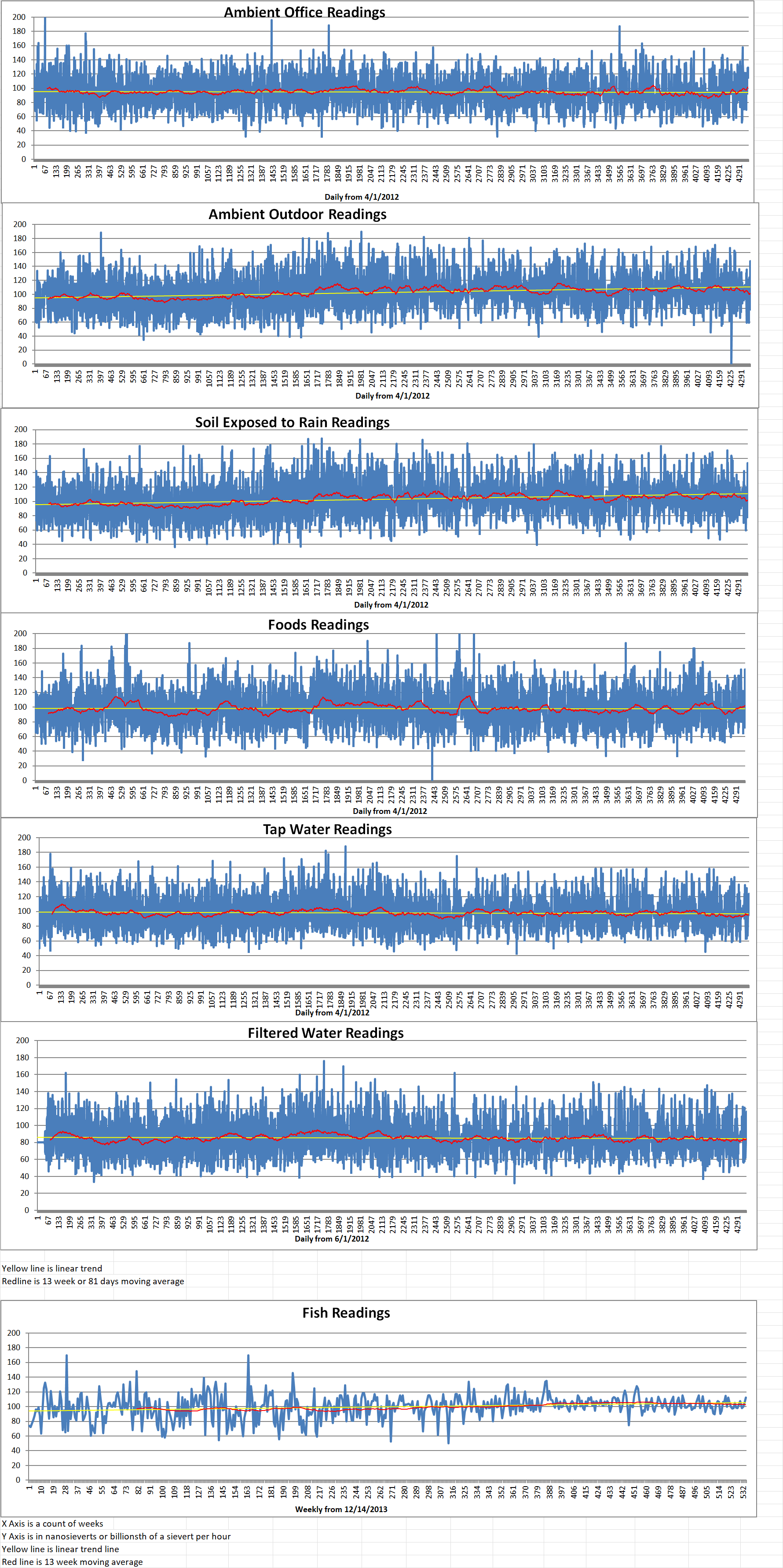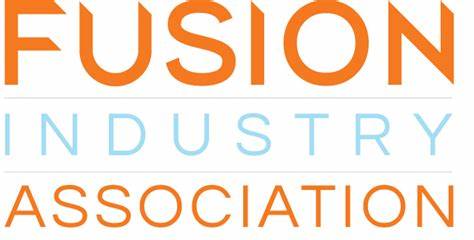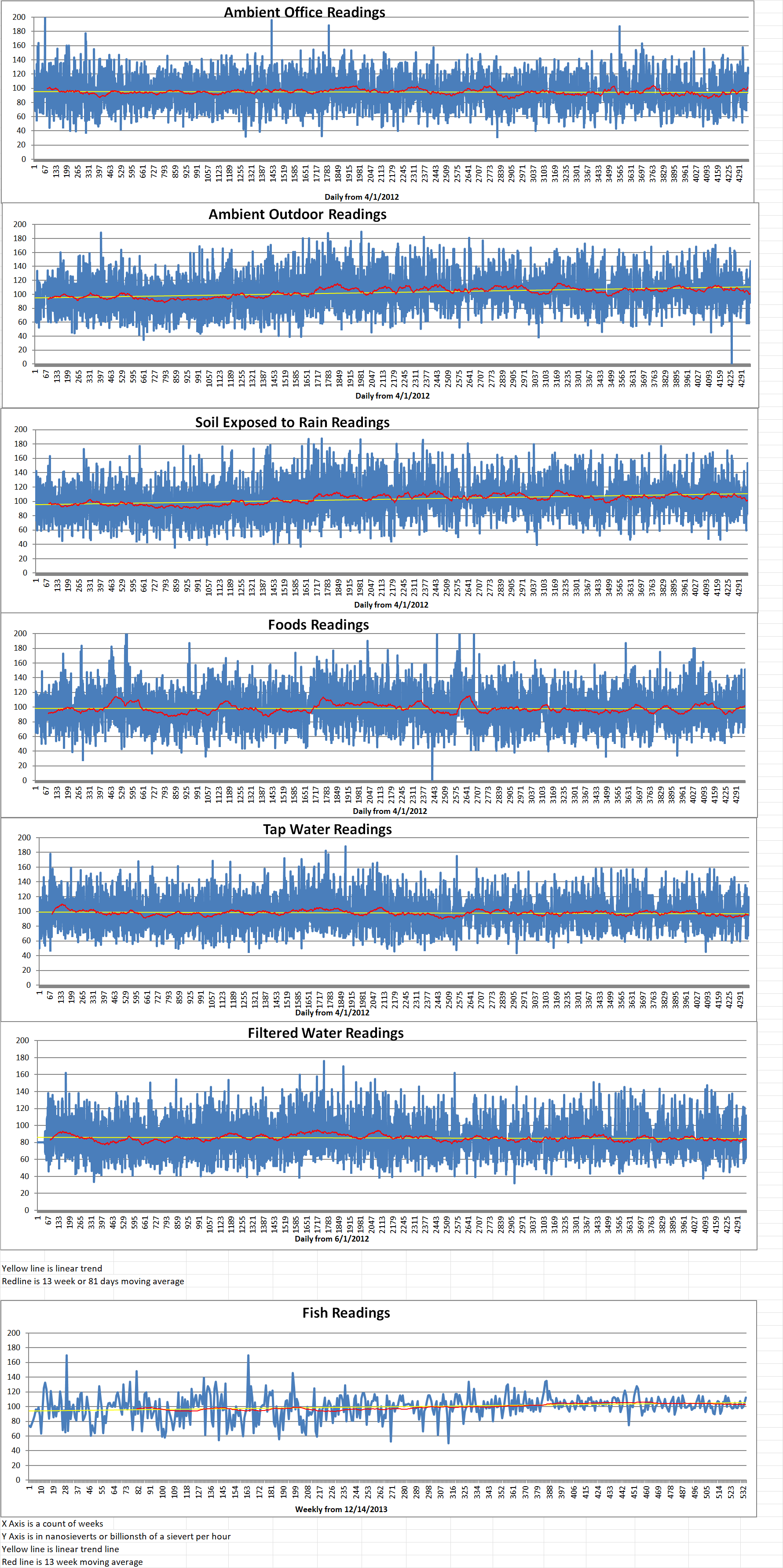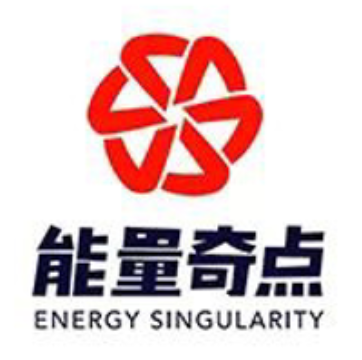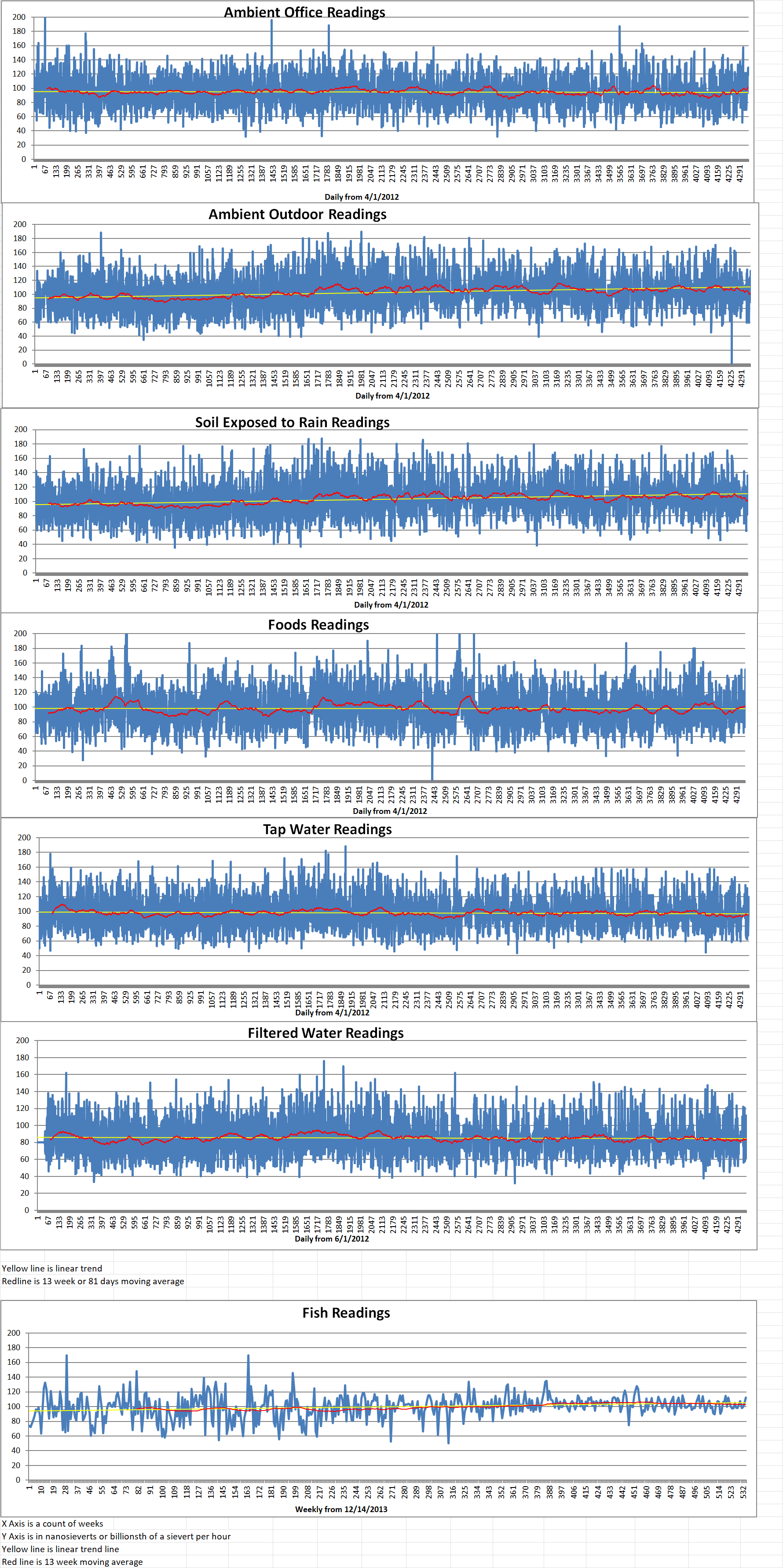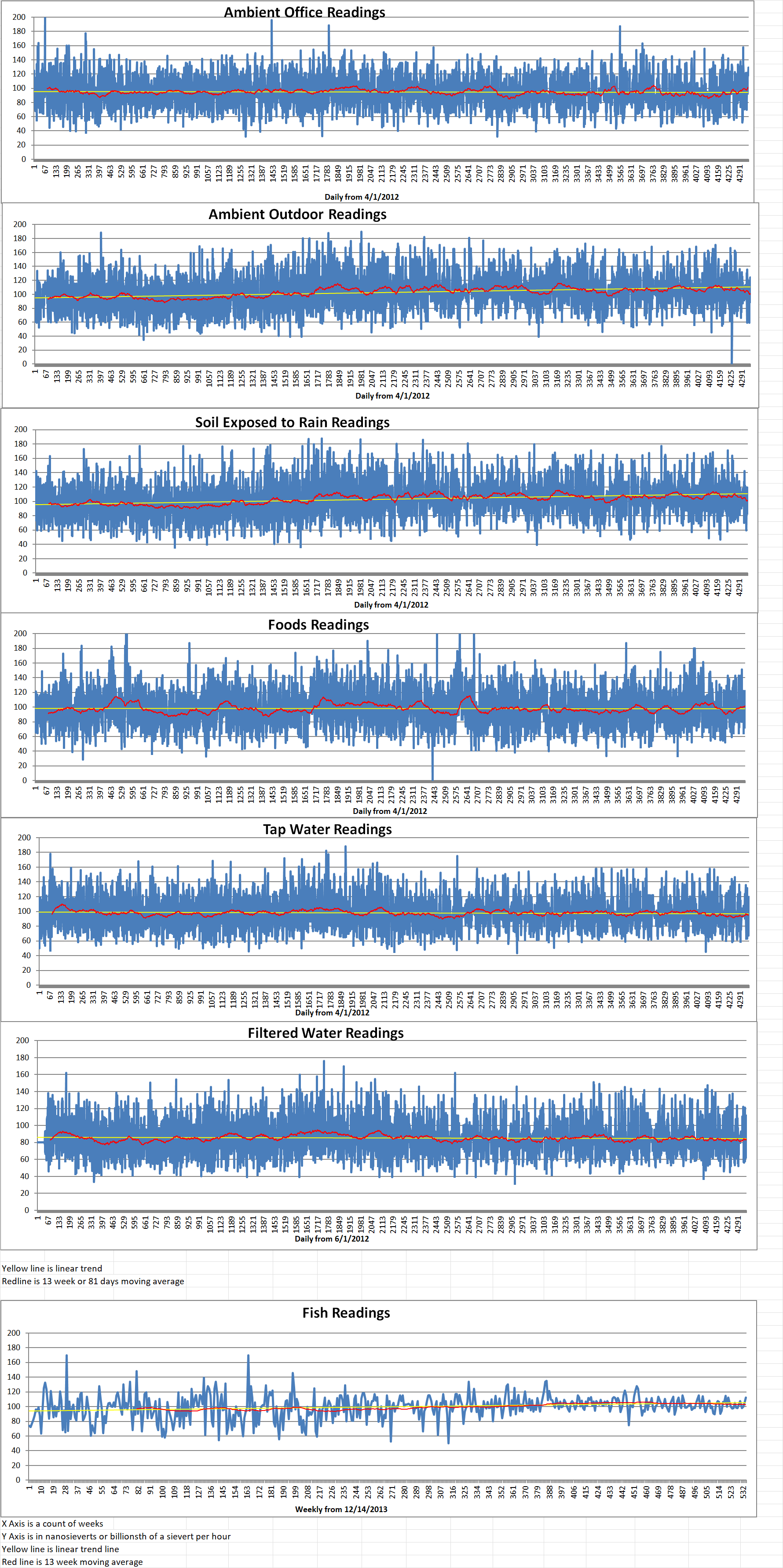Part 1 of 3 Parts
The bustling city of Shanghai marks national celebrations with world-famous light shows, illuminating its skyscrapers with dazzling colors, like beacons of Chinese innovation.
It is here that scientists and engineers work tirelessly to pursue the next big thing in global tech, from 6G internet and advanced AI to next-generation robotics. It is also here, on an unassuming downtown street, a new small start-up called Energy Singularity (ES) is working on something extraordinary. ES has entered the hot field of nuclear fusion energy research.
U.S. companies and industry experts are concerned that America is losing its decades-long lead in the race to master this near-limitless form of clean energy. New fusion companies sprout across China, and Beijing outspends D.C.
Nuclear fusion is the process that powers the sun and other stars. It is extremely difficult to replicate on Earth. Many countries have achieved fusion reactions. However, sustaining them for long enough to use in the real world remains elusive. Mastering nuclear fusion is an enticing prospect that promises wealth and global influence to whichever nation tames it first.
The most important aspect of fusion energy is its sheer efficiency. A controlled fusion reaction releases around four million times more energy than burning coal, oil or gas. It is also four times more efficient than nuclear fission, the kind of nuclear energy used today. It won’t be developed in time to fight climate change in this crucial decade. However, it could be the solution to future warming.
Jean Paul Allain leads the U.S. Energy Department’s Office of Fusion Energy Sciences. He said that the Chinese government is pouring money into the venture, putting one billion to one and a half billion dollars annually into fusion. In comparison, the Biden administration has funded fusion research with around eight hundred million dollars a year. Allain added, “To me, what’s more important than the number, it’s actually how fast they’re doing this”.
Private companies in both countries are optimistic, saying they can get fusion power on the grid by the mid-2030s. However, enormous technical challenges still remain.
The U.S. was among the world’s first country to move on fusion research in earnest since the early 1950s. China’s entry into fusion research came later that decade. More recently, the pace of fusion research has accelerated. Since 2015, China’s fusion patents have surged, Now it has more patents than any other country, according to industry data published by Nikkei.
Energy Singularity, the start-up in Shanghai, is one example of China’s accelerating fusion research. It built its own tokamak in the three years since it was established, which is faster than any comparable reactor that has ever been built. A tokamak is a highly complex cylindrical or donut-shaped machine that subjects hydrogen to extreme temperatures and pressures, forming a soup-like plasma in which the nuclear fusion reaction occurs.
For a fledgling company working on one of the world’s most difficult physics challenges, ES is incredibly optimistic, and it has reason to be. It has received more than one hundred and twelve million dollars in private investment. It has also achieved a world first. Its current tokamak is the only one in the world to have used advanced magnets in a plasma experiment.
Please read Part 2 next

